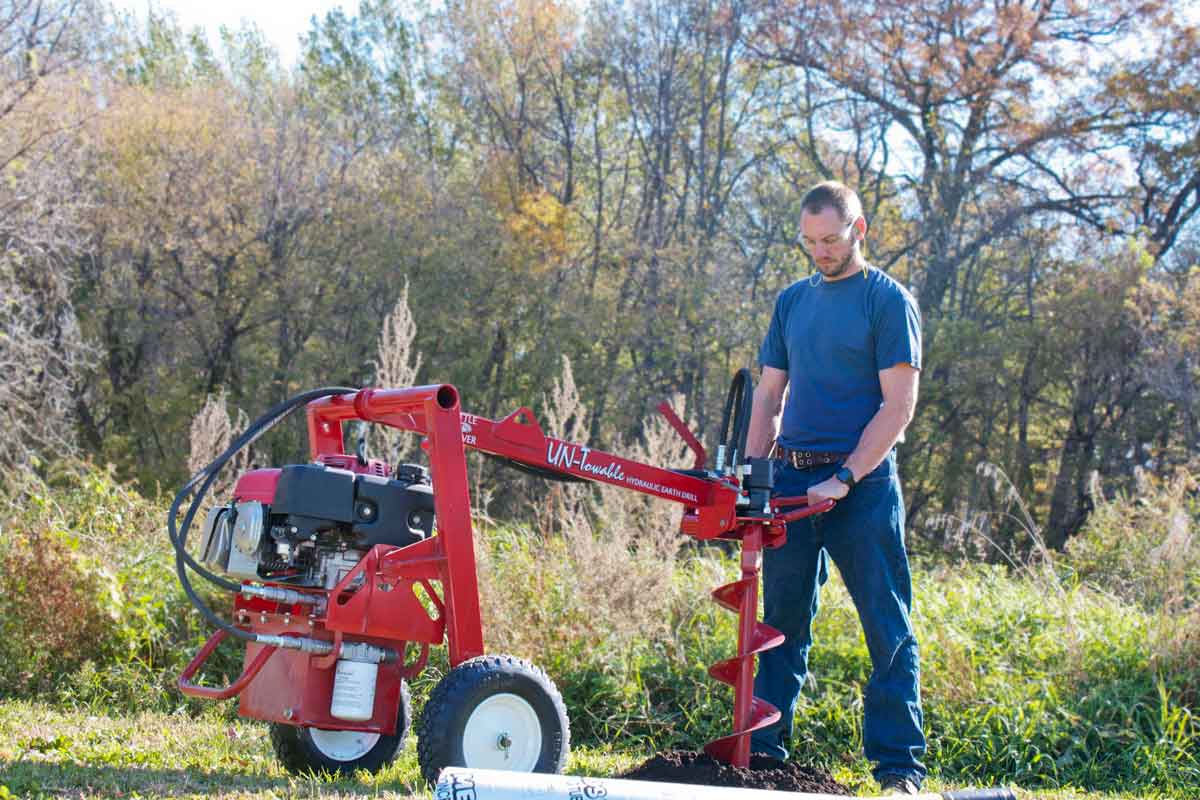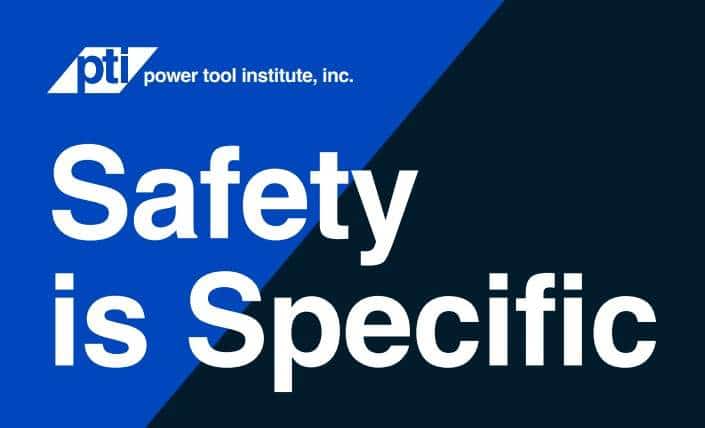The Latest Welding Technologies and Processes for Pipe-Focused Fabricators
The construction market continues to rebound, with construction activities expected to grow at 5 percent in 2015, according to the Q2 Construction Outlook released by FMI Corp. Areas with strong growth forecasted include residential, manufacturing, commercial, lodging and transportation, according to the report.
While the construction industry is seeing moderate growth, the labor pool in the welding industry is not increasing to meet that demand. That’s important because welding plays a key role in many construction applications, from structural steel fabrication to internal building mechanicals such as HVAC piping. The welding industry faces a shortage of skilled welding operators, due to both a lack of incoming skilled welding operators and the aging population of the current welding workforce. In the United States, the average welding operator is 57 and poised for retirement.
Pipe welding is a specialty trade within the industry that can present its own issues and challenges. In the construction industry, pipe welding is often contracted out to skilled specialty contractors who are trained and certified to meet the rigorous quality requirements necessary for many pipe welding applications. In addition to the welding labor shortage, the introduction of new materials and the presence of shorter timelines puts further pressure on companies. This potentially impacts productivity — and the bottom line — as management strives to find the best way to address these obstacles.
As a result, many companies are exploring new welding technologies and more productive welding processes as a way to address these industry issues and proactively establish a more competitive operation. Contractors are seeking ways to differentiate themselves through increased productivity, improved quality and greater project efficiency — and ways to track and manage that quality and efficiency data.
Pipe Welding Practices
Stick and TIG welding processes have traditionally been used in pipe welding, but new wire processes are gaining more acceptance as specialty contractors in pipe welding applications continue to look for more productive ways to meet industry demands. A switch to new welding processes and technologies can offer significant productivity gains without sacrificing weld quality. This can be especially beneficial in field welding applications, where nearly 80 percent of the costs associated with a weld are related to labor.
Pulsed MIG and modified short-circuit MIG are two wire processes commonly used in fabrication shops that are now available with some machines designed to meet the demands of jobsite and field applications. These processes offer high weld quality and increased productivity and efficiency by way of travel speeds that are three to four times those of TIG or stick welding.
Some of the available new welding processes and technologies are especially well-suited to pipe welding applications. A modified short-circuit MIG process, for example, provides the ability to create a thicker root pass of 3/16-in. or greater — enough to eliminate the need for a hot pass in many cases and to support the heat input of pulsed MIG or flux-cored welding for the fill-and-cap passes. These new wire processes provide better puddle control to help reduce operator training time and quality arc performance that boosts productivity.
These welding processes are used in critical pipe welding applications in the power generation and oil and gas industries, which require higher operating pressures and temperatures. Therefore, the processes offer a high level of quality and performance that also makes them suitable for noncritical welding applications. Welding equipment designed for use in the field that offers the new welding processes can provide the same quality arc performance and results that operators see in the fabrication shop, making it easier and faster to produce code-quality welds on the jobsite.

Many companies are exploring new welding technologies and more productive welding processes to address industry issues and proactively establish a more competitive operation.
Ease of use is another benefit of new welding technologies and processes, so welding operators can be trained and get on the job faster, helping companies expand their skilled labor pool in less time. Skilled welding operators can also be trained on new wire processes faster, providing contractors with the ability to convert their existing labor pool over to more efficient processes. Because labor costs are the majority of the expense associated with welding in the field, supplying welding operators with efficient and easy-to-use technology can result in noticeable productivity improvements and reduced defects that require time-consuming rework. Shorter project timelines allow companies to take on more business, making them more competitive in the bidding process. This helps boost the return on investment ofwelding equipment with new welding processes.
New Tools and Technologies
Just as with other industries, welding technology and equipment is evolving. New technologies and welding processes can offer greater productivity, quality and ease of use, making them options to consider in many pipe welding applications. Remote control welding technologies provide the ability to make process changes and parameter selections at the weld joint — hundreds of feet from the power source — to significantly minimize downtime that welding operators spend traveling back and forth to the power source. This results in more arc-on time, which helps welding operators complete more welds and achieve higher overall productivity and quality, since they don’t need to stop and start as frequently.
Because welding operators can get easy point-of-use control with some new welding technologies and processes, it eliminates the need to “get by” with less-than-optimal settings, which impacts weld quality. Operators can simply adjust their voltage and wire-feed speed at the feeder for quick setup, optimized arc performance and complete control at the weld joint.
Remote control technologies also offer benefits for welding operator safety because reducing travel back and forth to the power source reduces trip and fall hazards on the jobsite. New technology available on the market also makes remote control possible with the standard weld cable, eliminating the need for a special control cable. This reduces clutter on crowded jobsites, helping to improve employee safety.
Other welding equipment technology advancements, such as push-button process changeover and simplified digital interfaces, have made equipment more intuitive and easy to use for operators, which impacts productivity by reducing the time spent on machine setup and changeover. Simplified machine interfaces and welding processes that are easier to learn and use all contribute to faster welding operator training and process simplicity, which can help a company better meet project deadlines.
In addition, choosing a dual operator engine-driven welder/generator can provide a multi operator platform with enough amperage for two or more welding operators to weld simultaneously. Engine-driven welder/generators also provide power capabilities to run other tools and additional inverter-based welders, making them a good option to consider on jobsites where power isn’t available.
Advantages for the Market
In a challenging economic environment, contractors are looking for ways to differentiate themselves by finding efficiencies while still maintaining quality to remain competitive.
General contractors looking for ways to increase productivity, efficiency and project timelines to impact their bottom line should consider the benefits offered by new welding processes and technologies. A re-evaluation of welding processes and procedures can help a company take proactive steps to remain competitive and manage the challenges the industry faces, including the shortage of skilled welding operators and shorter project timelines. Investing in new technologies and welding processes can help companies find more productive ways to control costs and lower their overall bids.
Joe Ryan is a marketing segment manager for oil and gas at Miller Electric Mfg. Co.



Comments are closed here.